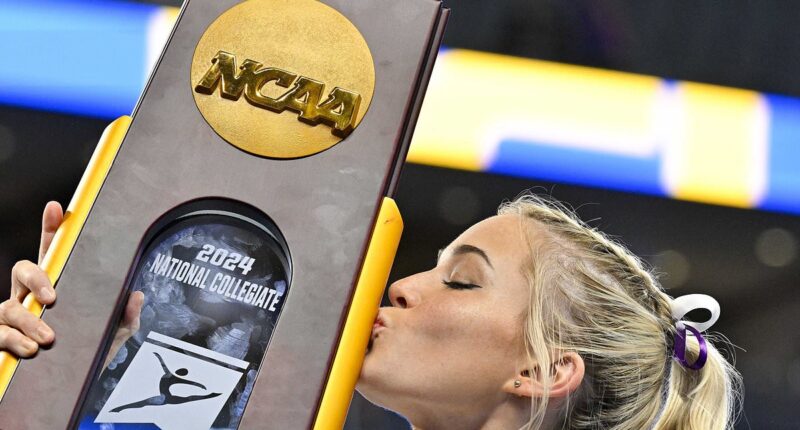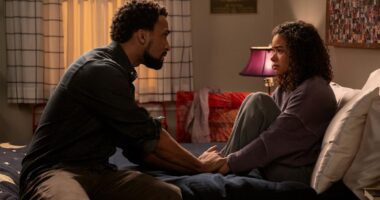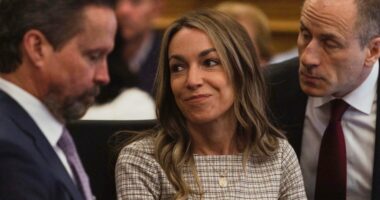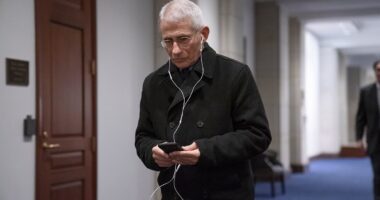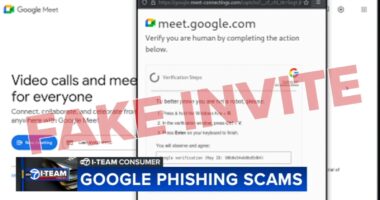The settlement in the House v. NCAA case, approved by Judge Claudia Wilken, marks a significant shift in American collegiate athletics. This approval now allows colleges and universities to compensate their athletes directly, transforming the landscape of college sports.
In the past, college athletes were considered amateurs and were not paid for their efforts in sports programs. Additionally, they were not allowed to receive payments from external sources.
The development of name, image, and likeness agreements in 2021 opened up new opportunities for athletes. They gained the ability to engage in endorsement deals with various companies, as well as receive financial support from groups of donors looking to support them.
Now, with this landmark ‘House settlement’, the NCAA’s member institutions will be allowed to pay their athletes directly in the form of revenue sharing agreements.
As part of the agreement, the NCAA will give up more than $2.7billion in back pay to thousands of former athletes who were barred from earning revenue over the years.
Over the next year, the House settlement will allow each school to share up to $20.5m a year with their athletes.

A groundbreaking settlement allows colleges and universities to directly pay athletes

For years, college athletes weren’t paid for their services – all while universities raked in billions from sports (pictured: University of Alabama wide receiver Ryan Williams)
The focal point of this case began with Arizona State swimmer Grant House, who sued the NCAA and its five biggest conferences at the time – the SEC, Big Ten, Big XII, ACC, and Pac-12 – to lift restrictions on revenue sharing.
Wilken gave approval to a final proposal after months of negotiating multiple finer points of the deal – including roster limits.
It now finally forces colleges and universities competing at the highest levels of the NCAA to face the reality that their players are responsible for the billions in television and other revenue brought in from athletics each year.
Thanks to this settlement, college sports are now a fully and completely professional enterprise – with top stars in football and basketball specifically standing to gain the most on their paths to the NFL and NBA.
Wilken is the same judge who ruled in the O’Bannon v. NCAA case which ruled that the collegiate sports governing body’s practice of preventing payments to athletes violated federal anti-trust laws.
The judge granted preliminary approval on the settlement back in October. After that, institutions began organizing ways to afford payments – but also how to regulate the industry.
The latter problem was solved by the creation of an enforcement group – the College Sports Commission – run by auditors at Big Four accounting firm Deloitte.

Over the past five years, the NCAA’s long-held rule of amateurism has been stripped away
Additionally, the House settlement takes a large portion of oversight away from the NCAA and hands it over to what are now the four biggest conferences in collegiate athletics – the SEC, Big Ten, Big XII, and ACC (the Pac-12 has been gutted by re-alignment).
Most of that power will be seen in the College Football Playoff – a tournament which is both the most significant financial driver in collegiate athletics and also does not fall under the NCAA umbrella like the March Madness men’s and women’s basketball tournaments.
While players stand to benefit in general, the biggest winners are those who are the most highly regarded – such as incoming University of Michigan quarterback Bryce Underwood, who is set to earn tens of millions in NIL deals.
But there are some very clear losers in this – and it’s not just the NCAA.
Walk-ons and partial scholarship athletes will likely see their spots evaporate as schools look to build the best squads money can buy.
Moreover, this could affect the United States’ dominance at the Summer Olympic Games. Much of the US Olympic Team infrastructure relies on a pipeline of talent from college athletics. The status of those so-called ‘Olympic sports’ is now in purgatory.

The four largest collegiate athletic conferences – the ACC, Big Ten, Big XII, and SEC – will now hold control over college football, the most lucrative college sport

Meanwhile, the status of so-called ‘Olympic sports’, like gymnastics, is in jeopardy
While groundbreaking, this does not serve as the final chapter in this story as different states have separate laws regarding the distribution of NIL funds.
Additionally, the possibility of further legal challenges to this system could spring up.
NCAA president Charlie Baker has been lobbying Congress to pass legislation to put all of college athletics under one rulebook – including an anti-trust exemption to create caps on player pay and transfers.
In recent years, athletes at some institutions have unsuccessfully tried to form unions.
Now that schools are directly paying athletes, the question of whether or not they can be considered employees will likely spring up in court.
In an open letter published after the settlement was released, Baker said, ‘With the defendant conferences leading administration and enforcement of the now approved settlement terms related to financial benefits, we will increasingly shift our focus at the NCAA away from enforcing rules prohibiting and limiting financial benefits in college sports, which has been the source of many of the recent challenges.
‘We can now turn toward what most agree is our primary function: providing a world-class academic and athletics experience. With these changes in place, including release from future litigation on these subjects for the next decade, the foundation of college sports is stronger than at any point in years.
‘The NCAA can increase focus on reforming clunky governance structures and, most importantly, prioritizing fair competition, academics and student-athlete well-being.’
